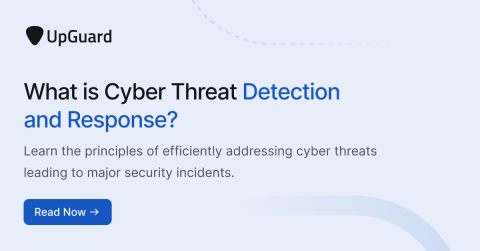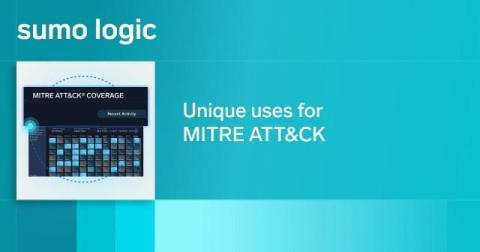Cleo Releases Patches for Cleo MFT Zero-day Vulnerability
On December 11, 2024, Cleo released patches addressing the zero-day vulnerability recently observed in attacks targeting Cleo Managed File Transfer (MFT) products. This vulnerability allowed unauthenticated threat actors to import and execute arbitrary shell commands on Windows and Linux on affected devices by exploiting default settings of the Autorun directory. The fix is included in version 5.8.0.24, and is now available for Cleo Harmony, VLTrader, and Lexicom.











